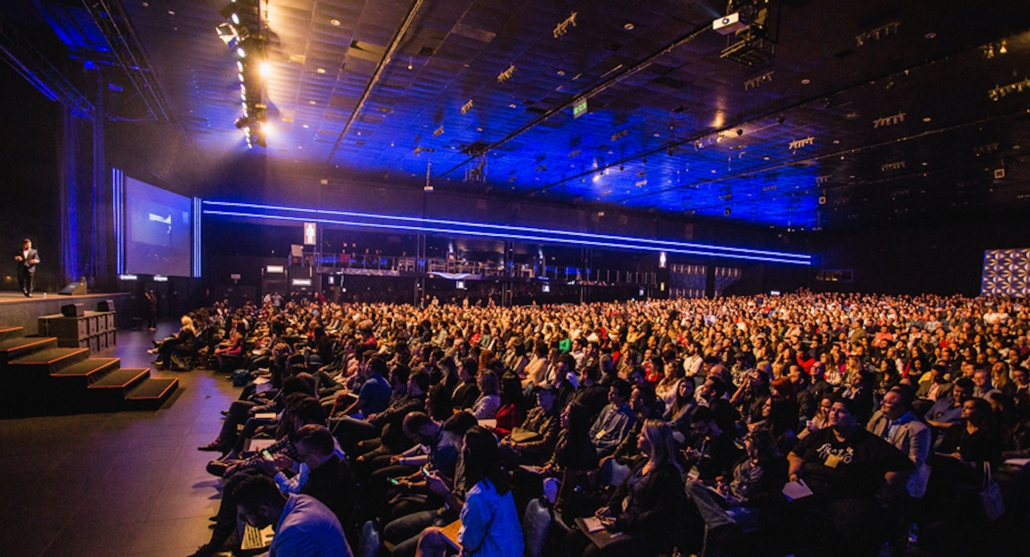Why Host Virtual Events?
Virtual events can be a game-changer in every industry. They are held for the same reasons as in-person events: to deliver company’s messages, to drive leads and revenue, drive adoption and build loyalty lifetime value. Meetings, Conferences and Events have taken on many forms over the years. Ranging from in-person, virtual, and internal and external hybrid events – each type of event comes with its own set of challenges.
For instance, a webinar benefits greatly from being virtual as it is purposely built to cast a wide net of delivery from innovator-leadership, training, education to other content, whereas a conference, AGM or regional training program aim to create 1:1 in-person interactions that face-to-face delivery enhances. When deciding whether or not to make your event virtual, consider what you hope to gain from the event and how well those goals can be reached virtually versus in-person.
Here are a few reasons to host a virtual event:
Accessibility
While the event is still being held in-person, virtual options allow you to accommodate attendees who are unable to attend in person.
Budget
Your organisation needs to cut costs and making smaller events and webinars virtual can help move money to the biggest event of the year that brings in the largest number of leads. It also helps to have a virtual or hybrid option when attendee budgets to travel are a concern.
Only Option
Whether due to the extreme weather, travel bans, or an act of God, you’re forced to make your in-person event virtual or cancel it altogether.
Webinars
Webinars typically last somewhere from 45 to 80 minutes. Holding webinars virtually allows attendees from around the world to join in and listen as one or more speakers present the content. Companies can charge attendees to join webinars using online payment services or can be offered for free. Webinars typically use video conferencing tools that allow Q&A, the ability to present live or a pre-recorded video, and be offered as on-demand after the fact. Due to their one-off educational nature, webinars have thrived with 100% virtual attendance. These can also include internal and external trainings.
Virtual Conferences
Much like in-person conferences, virtual conferences are built around a live, complex agenda that includes keynotes, sessions, breakouts, and more. Virtual conferences include multi-session content and can involve community engagement tools. While not as effective in terms of lead capture and networking as an in-person event, virtual conferences allow attendees to view keynotes in real-time, build their own agenda from relevant, on-demand content, and interact with other attendees.
Internal-Hybrid Events
These are town halls, sales kick-offs, company-wide events, trainings, department meetings, and more. For organizations that span countries, even continents, internal hybrid events are used to share a message to the entire company when employees are not all gathered in the same place. While it would be great to fly every employee to your organization’s headquarters, it would be incredibly costly, and the scheduling required would be time-consuming. The next best option is to host events that are part in-person, part virtual.
External Hybrid Events
These events are held for those outside of your organization. They can be user conferences or industry conferences. These events require higher levels of video production so that virtual attendees are provided a similar quality to in-person attendees. These events allow attendees who are unable to travel to the event to participate and learn. It is challenging to provide the same value at external hybrid events, as in-person attendees are able to network more freely and engage easily with content than those attending virtually.





